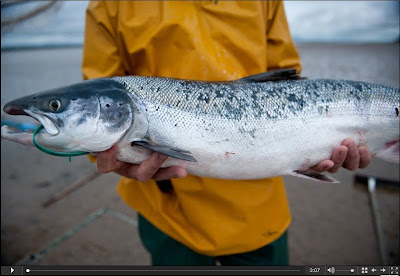“The one who throws the stone forgets. The one who is hit remembers forever.” (Angolan proverb)
It was while working close to the Burma-Thai border that Sean Sutton first trained his camera on victims of landmines.
Little did he know that their deadly legacy would dominate his photography for the next two decades. But since then, Sutton has travelled to conflict zones across three continents to highlight the mine-clearing and community work of the Manchester-based NGO Mines Advisory Group (MAG).
Now to mark the Nobel Peace Prize winning charity’s 20th anniversary, a set of Sutton’s most arresting photos will spend six months on display outside the Imperial War Museum North, at Salford Quays.
Featuring images from the Balkans, Angola and beyond, Surviving the Peace reminds us how war continues to ravage communities after the guns stop firing.
“Often there’s very little follow-up in terms of media or international attention, but for the people affected by war there is a second battle,” Sutton explains. “They have to rebuild their lives, but the impact can last for decades.
‘We acknowledge this with our own wars – when we talk about World Wars One and Two we often refer to their legacy. But I think we tend to forget about this with other conflicts.”
The display, made up of six large black and white images, feature children and adults affected by landmines, unexploded munitions, small arms and other deadly remnants of conflict.
Each year landmines continue to kill, injure and disable over 12,000 people.
The majority of landmine survivors Sutton has photographed knew that they were in a mined area when they had their accident but had little choice but to risk it in order to collect water or gather firewood. This tragic reality is still common in countries affected by war.
Sutton spent his first years as a photographer covering live conflict around the world. It was a trip to Burma in the late 1980s which first brought him into contact with landmines, and hinted at what was to come.
He says: “Close to the border with Thailand, I found a factory making wooden legs for mine survivors. So many people were affected that they held a mini disabled Olympics.
“A few years later in Yugoslavia I came into contact with this again, but over time I built up quite a portfolio looking at the problems caused by landmines. I realised that these people were fighting a whole other conflict.”
Sutton worked with MAG first on a casual basis, before joining its staff in 1997 and helping the charity use strong photography – and more recently web films and multimedia – to get its message across.
Over the years he has travelled from Kosovo to Sri Lanka and Iraq, Lebanon and Sudan. His images have been used by publications worldwide and he is now a member of renowned photo agency Panos.
He says: “We try to show the problems as well as the solutions, and that makes it very interesting for me as a photographer. War affects every walk of life and all aspects of society have to be put back together again.
“It could be feeding people, getting them medical care or helping people return home. I get a completely blank canvas from which to tell the story.”
(photo copyright Sean Sutton)
One image in the exhibition shows Kosovan cousins Altin, 9, and Adem, 13, who were playing in a field when one of them set off a trip-wire activated mine. They each lost both of their legs. Another image shows Alberto from Angola, holding the mine he found while planting cassava in his garden.
“People probably assume that people are injured by mines that are hidden,” says Sutton. “The shocking reality is that communities often stay in an area they know is riddled with mines because they have no other way of surviving.”
Sutton’s 5m-tall photos are impossible to miss. Holding the exhibition in the open air ensures that many more people should see them – and will be forced to consider their messages – that would otherwise be the case.
For Sutton, now a member of the respected photo agency Panos, the stories featuring children have had the greatest effect. “As a father, and as a human being, these definitely get me most. Kids are very inquisitive and so are vulnerable to mines,” he says.
“It was the same here in the UK after the Second World War – a lot of kids were killed and injured after tampering with munitions but we cleared them away.
“For a country with little resources, these tragedies go on longer. Mines and bomb droplets can litter the land for decades, which is why MAG is so desperately needed.”
MAG is co-laureate of the 1997 Nobel Peace Prize, awarded for its work with the International Campaign to Ban Landmines, which culminated in the 1997 Mine Ban Treaty – the international agreement that bans anti-personnel landmines, sometimes referred to as the Ottawa Convention.
Surviving the Peace runs until 6 June. [This story ran in the Big Issue in the North last week].
For more on the amazing work of MAG, and for more of Sean’s photography, check out the charity’s channel on YouTube. It’s a shame about the high compression but you get the idea…








